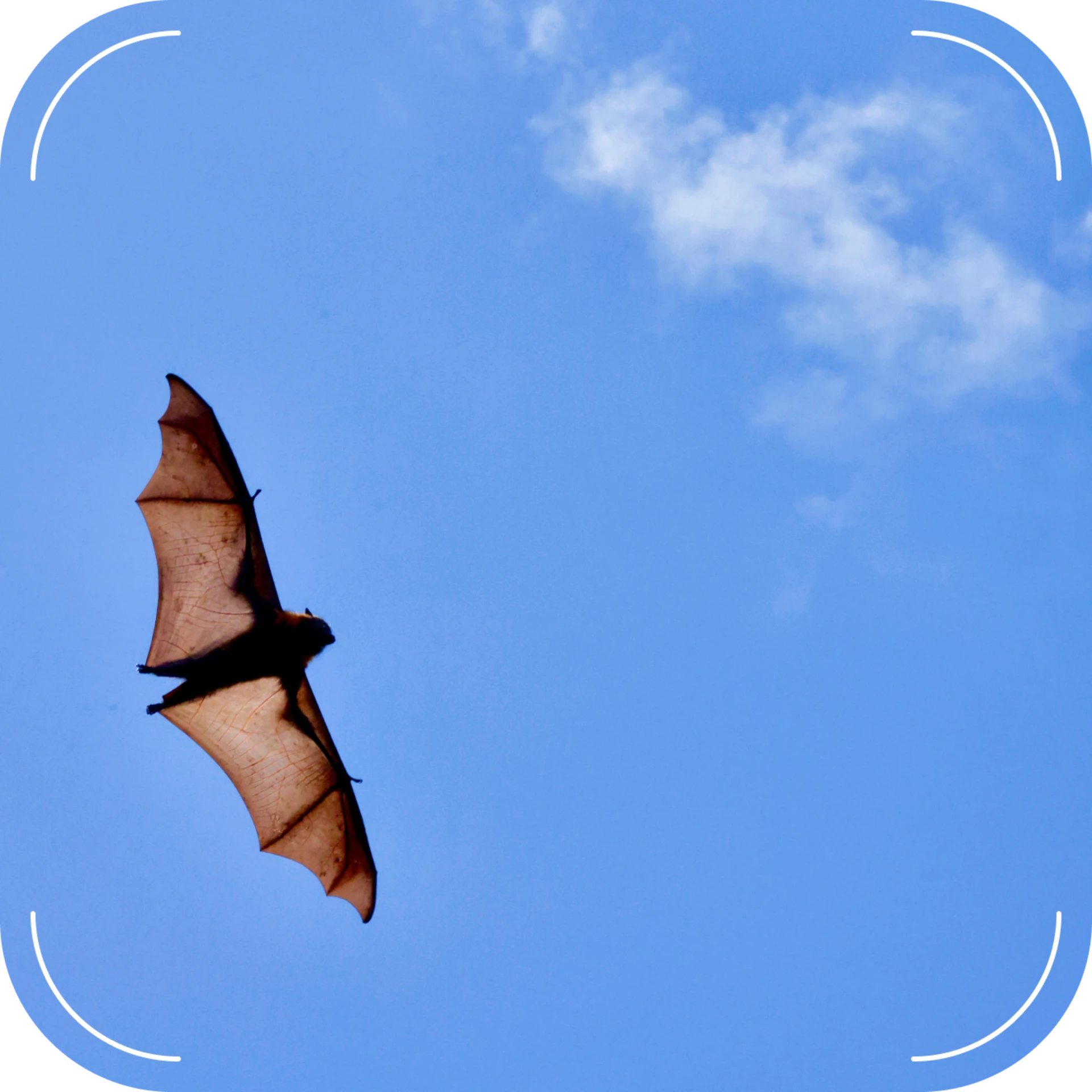
Scientific research
Advanced environmental research requires precision methodology that delivers actionable conservation outcomes. Our scientific partnerships demonstrate how sophisticated detection technology transforms conservation strategy from reactive protection to predictive intelligence.
Species-specific research reveals behavioral patterns invisible to conventional observation
Our collaboration with the Institute of Mammal Research, Polish Academy of Sciences, deployed integrated radar systems and high-frequency ultrasonic detectors to map bat foraging activity across the Siemianówka Reservoir. This methodology adaptation enabled comprehensive nocturnal behavior analysis previously impossible through traditional techniques.


Migration intelligence informs conservation strategy
Our 2017 gull movement analysis between breeding colonies and feeding areas near Włocławek Dam demonstrated how spatial intelligence reveals critical habitat connectivity patterns that shape protection planning.
Conservation technology validation delivers measurable environmental impact
Within the "White Stork Protection in Eastern Poland River Valleys" LIFE project (LIFE15 NAT/PL/000728), our radar monitoring assessed FireFly warning marker effectiveness on power lines for the Polish Society for the Protection of Birds. Precision detection enabled exact quantification of flight patterns, altitude distribution, and spatial trajectories relative to electrical infrastructure during representative pre- and post-installation periods.
Behavioral modification evidence confirmed conservation effectiveness
Radar analysis documented measurably altered flight behavior—reduced sudden altitude changes indicating earlier line detection, increased flight ceiling above protected infrastructure. Environmental benefits extended beyond target white stork populations to all collision-vulnerable species, validating cost-effective mortality reduction methodology with confirmed efficacy.
Scientific contributions advance industry understanding through international knowledge sharing:
- Gajko K., Ksepko J., Siuchno R., (2023) "Estimation of flight intensity of the swift Apus apus during migration over the Baltic Sea using the distance method, based on visual observations and data obtained by parametric classification" - Conference on Wind Energy and Wildlife Impacts, Šibenik
- "Boosting the Recognition of Migratory Bird Flight Paths over the Baltic Sea for Collision Risk Modeling Using Machine Learning and AI in the Analysis of Ornithological Radar Data" - CWW 2025
